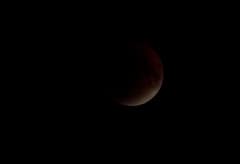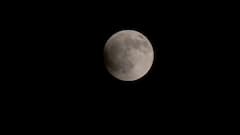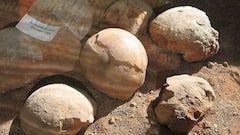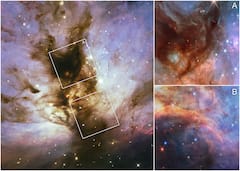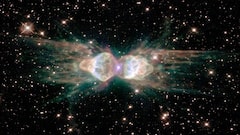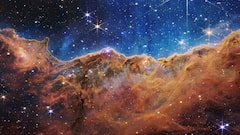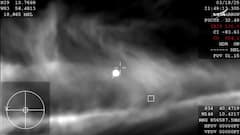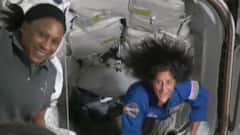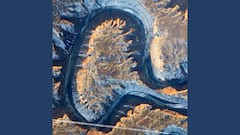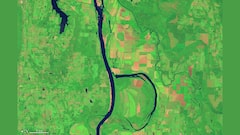Explorer
IN PICS | Supernova Remnant To Galaxy Cluster — Images Combining Data From NASA's Chandra & Other Telescopes
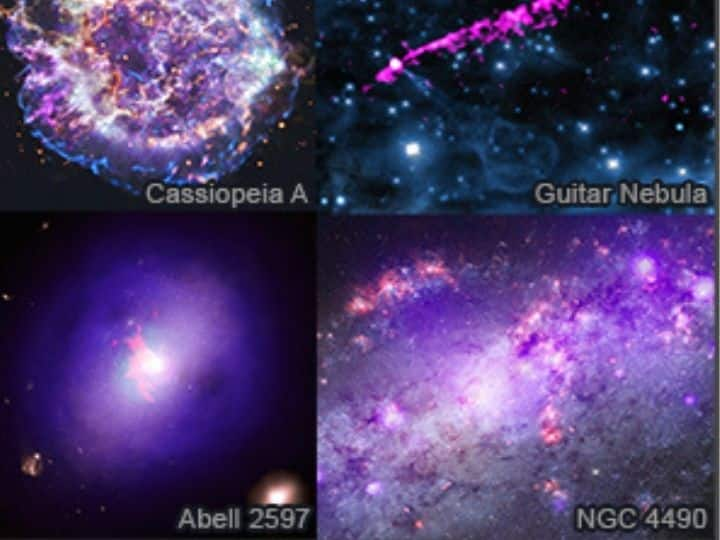
Images of Cassiopeia A, Guitar Nebula, Abell 2597 & NGC 4490 (Credit: X-ray: NASA/Chandra X-ray Center; Optical: NASA/Space Telescope Science Institute; Radio: National Science Foundation/National Radio Astronomy Observatory/Very Large Array; H-alpha: Las Cumbres Observatory)
1/7
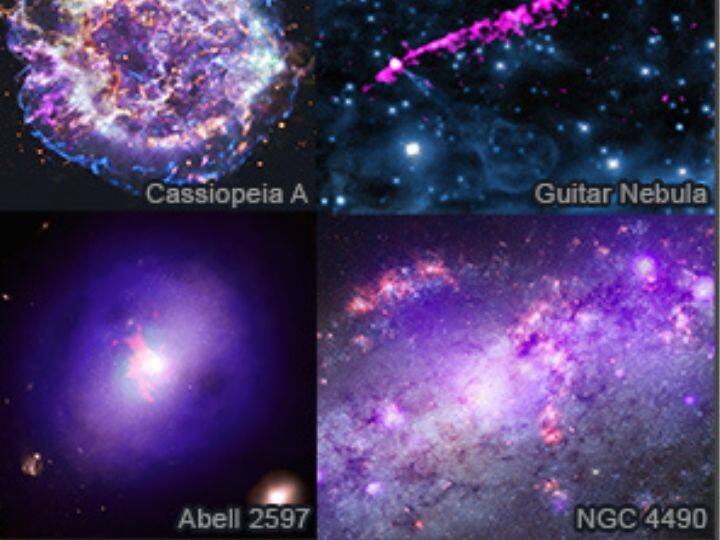
Images of Cassiopeia A, Guitar Nebula, Abell 2597 & NGC 4490 (Credit: X-ray: NASA/Chandra X-ray Center; Optical: NASA/Space Telescope Science Institute; Radio: National Science Foundation/National Radio Astronomy Observatory/Very Large Array; H-alpha: Las Cumbres Observatory)
2/7

R Aquarii is a pair of a white dwarf star that steadily burns at a relatively cool temperature and a highly variable red giant, according to NASA. The white dwarf pulls material from the red giant onto its surface as they orbit each other | Photo: NASA Chandra X-ray Observatory
Published at : 18 Feb 2022 10:25 AM (IST)
View More







